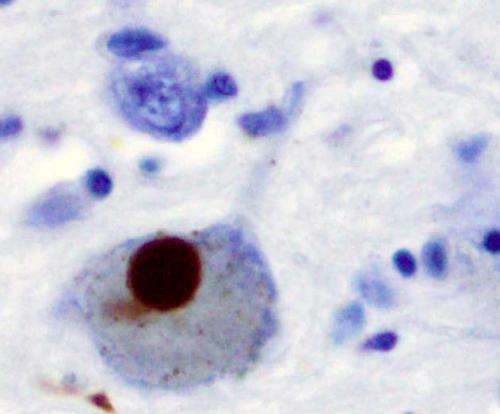

Parkinson’s disease is a neurodegenerative disorder that manifests through symptoms such as tremor, slow movements, limb rigidity and gait and balance problems. As such, nearly all diagnostic testing revolves around how a patient moves and requires the patient to walk for extensive distances and amounts of time. The discomfort caused to patients by this kind of testing is unacceptable, according to an international team of researchers based in Saudi Arabia and Sweden.
They proposed a new kind of computational analysis based on less physically-demanding testing in IEEE/CAA Journal of Automatica Sinica, a joint publication of the Institute of Electrical and Electronics Engineers (IEEE) and the Chinese Association of Automation (CAA).
“Apart from gait and balance data, the measurement of computer keystroke time series that contain information of the hold time occurring between pressing and releasing a key has been proposed for detecting early stages of Parkinson’s disease,” said Tuan D. Pham, paper author and professor of biomedical engineering in the Center for Medical Image Science and Visualization at Linköping University in Sweden.
“Being similar to the motivation for determining the minimum number of strides for the analysis of gait dynamics, our study was interested in answering the question if there are methods that can process very short time series and achieve good results for differentiating healthy controls from subjects with early Parkinson’s disease.”
The disease itself is not fatal, but complications from Parkinson’s disease can be serious. It affects about 10 million people across the globe, and it can take years for the disease to progress to a symptomatic state—making early detection a top priority for researchers.
In this experiment, subjects press one or two buttons on a device such as an iPhone as fast as possible for a short period of time. Pham and the team took these data and analyzed them through fuzzy recurrence plots, which take multiple short-time series data points and translate them into a two-dimensional grey-scale images of texture. In the image, related points appear as a dense grey, with more disparate data points becoming fuzzier. The algorithm used for the fuzzy recurrence plots learns how the data points connect and can help provide difference and similarities in subject groups such as people with early Parkinson’s disease and those without.
“While having a very short length, the time series is augmented with a relatively large number of feature dimensions,” Pham said. “The results obtained from the fuzzy recurrence plots are encouraging for the collection of practical data recorded from participants and their usage for the classification task.”
Source: Read Full Article